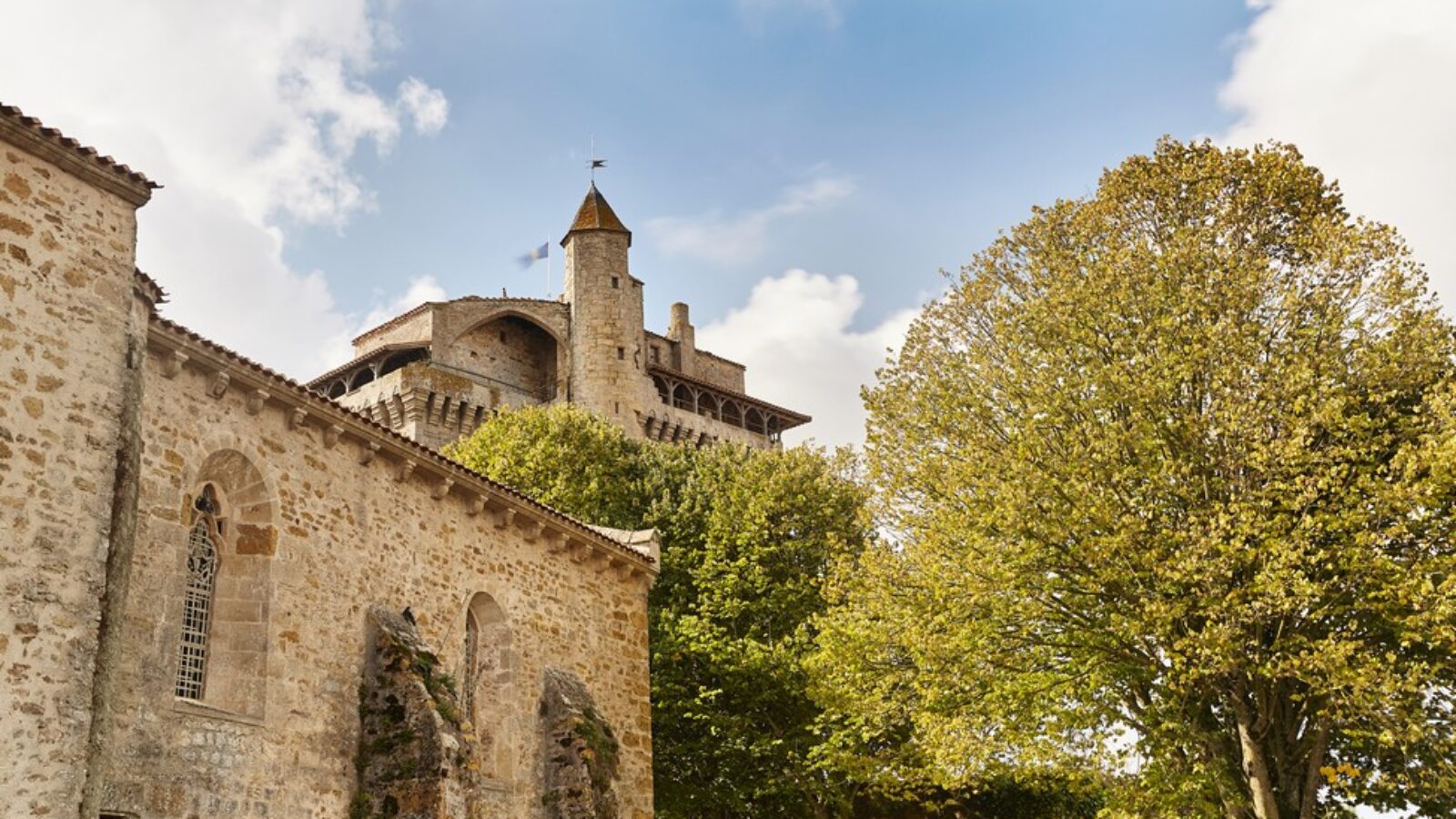Inland Vendée
Inland Vendée
The Vendée department is well known for its coastline and beaches and many come to visit the Puy du Fou, but often the other Vendée – the inland areas are not as well known.
Let’s take a look and see what this area has to offer – we will share with you a tour around little known villages and the area local to Saint Michel le Cloucq and a little further afield.
The back shore
The back shore
Heading towards the coast we stop of at Thiré to discover the magnificent gardens of William Christie .
For the culture vultures, and those that love baroque music William Christie needs no introduction. He was a harpsichordist , a conductor and a pioneer of the revival of French baroque music from the 17th and 18th centuries.
Each summer the festival of flowering arts (festival des Arts Florissants) takes place in the gardens of his home.
If you love gardening go to Luçon and see the Dumain garden in the heart of the town – a magnificent park of 4 hectares with a band stand.
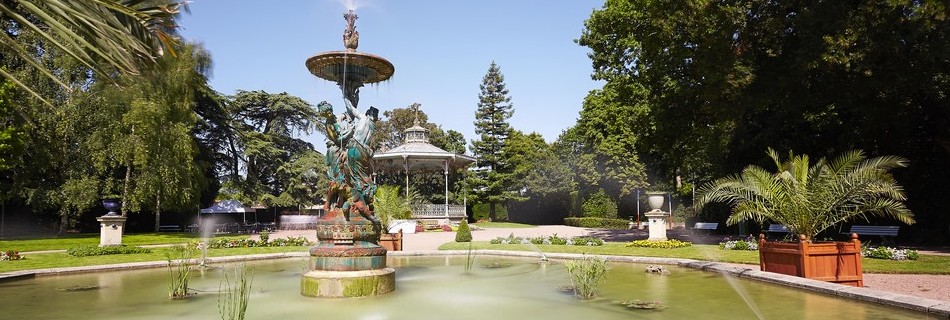
Luçon, nicknamed the gateway to the coast of light, is about 12km (7.5 miles) away from Aiguillon sur Mer. Man has always wanted to connect Luçon to the sea by a canal. For a few years a port allowed the local growers to export their wheat to northern Europe.
Luçon is the spiritual capital of the South Vendée thanks to its bishop. Cardinal Richelieu was the bishop here before becoming minister to Louis XIII. He rebuilt the town which was destroyed during the Religious Wars.
A must see is the Cathedral at Luçon and its spire which measures 85m high. Inside there is the Cavaillé-Coll organ presented by Napoleon III.
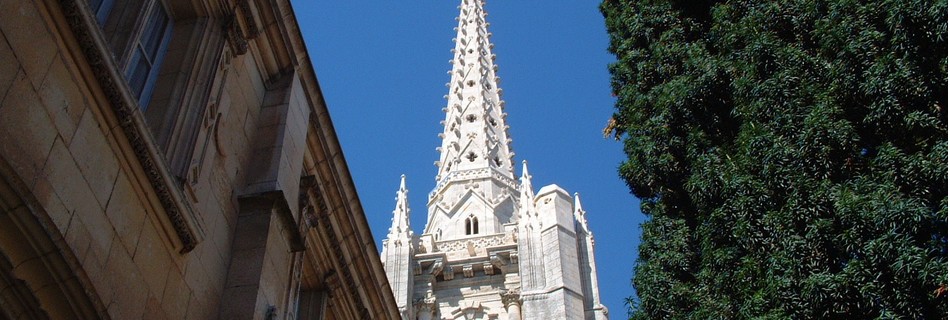
If you do nothing else you must seek out the Chapelle des Ursulines and inspect the ceiling!
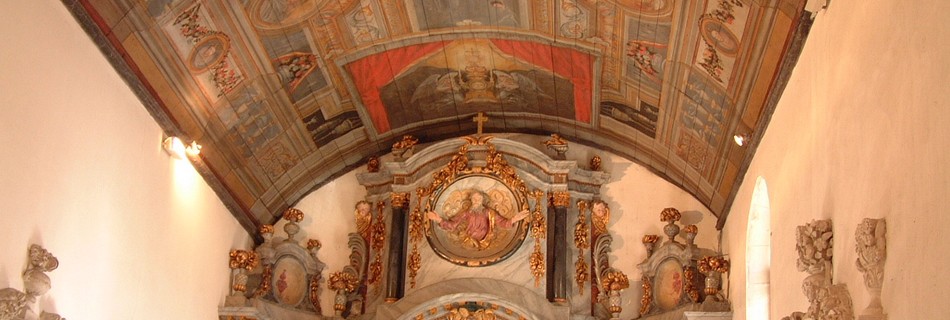
The Vendée farmlands
The Vendée farmlands
Let’s leave the coast road and head north east towards Bazoges en Pareds and discover the history of this area over the last 6000 years.
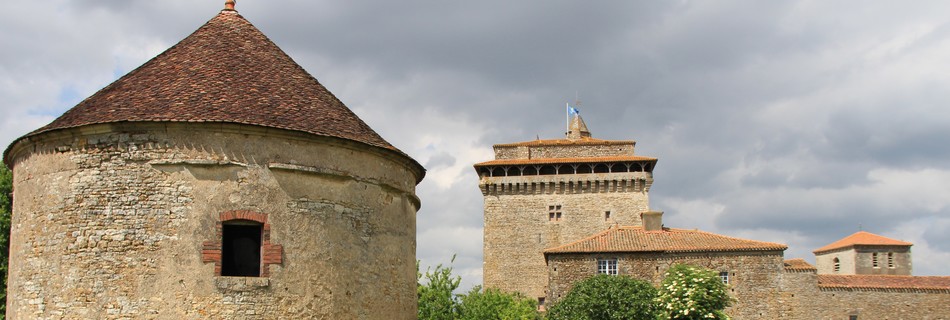
La ciste des Cous is said to be the oldest megalithic monument in the Vendee and the Dolmen of la Lande dates from the neolighic era. The dungeon and garden are from the Middle Ages. The art museum and local popular traditions retrace life in the 19th and start of the 20th century.
Staying with a history theme, not far away on the Deux-Sèvres side at Saint Mesmin there is a castle: le château de Saint Mesmin a medieval fortress and each year there are lots of demonstrations held here.
As we continue to Mouilleron-en-Pareds which came into being since the groupings of the boroughs of Mouilleron-Saint-Germain. Above the village is windmill hill. The windmills had their secret code during the Vendée wars and only the royalist insurgents new the code.
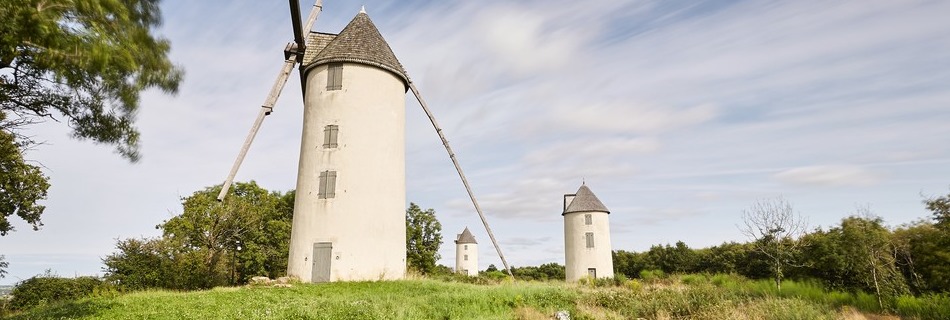
Here is where the politician George Clemenceau and Maréchal de Lattre de Tassigny (who signed the armistice in 1945) were born.
If you are a history buff, go along to the museum (au musée) dedicated to the two local characters famous in French history.
And la Roche-sur-Yon I hear you ask? It is the administrative capital of the Vendée which replaced Fontenay le Comte which was not seen to be central enough in terms of location.
If you like horses take a look at the Haras de Vendée.
Our recommendations for the local specialities
Our recommendations for the local specialities
Here are two restaurants to bear in mind: Au Fil des Saisons and la Mirabelle.
On the bocage road at the end of a little road you will find an old fuller’s mill which is now a farmhouse in ferme auberge du Moulin Migné.
